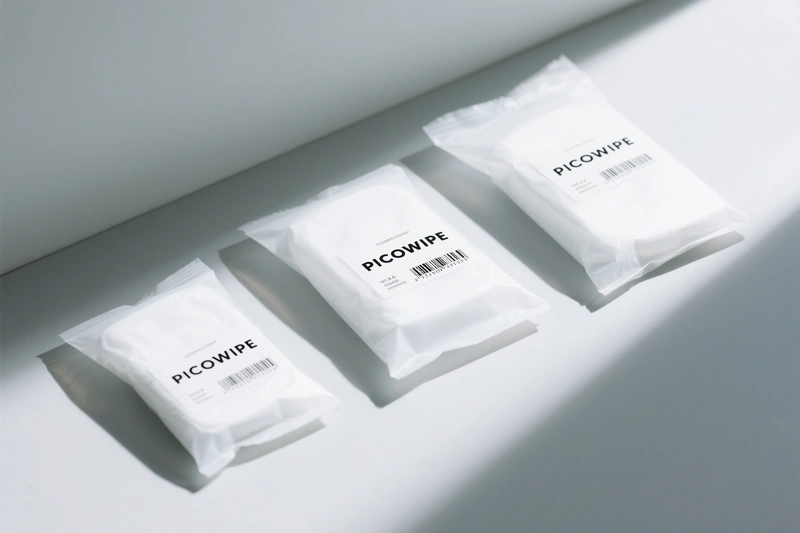By [email protected] — Charting the depths of expertise
Effects of Inconsistent Abrasion Resistance & Durability
This affects the cleanroom wipe's service life and the risk of secondary contamination. Wipes with poor abrasion resistance are more prone to fiber breakage and shedding during use, directly increasing particle contamination. Inconsistent durability means some wipes quickly become unusable and generate significant contamination.
Causes of Inconsistent Abrasion Resistance & Durability
Abrasion Resistance & Durability: Abrasion Resistance refers to the ability to withstand friction, while Durability refers to the ability to maintain structural integrity and performance during use. They are directly related to whether the wipe will tear or shed significant fibers and particles during use.
Fluctuations in Raw Material (Fiber/Yarn) Performance: If the inherent physical properties of the fibers—such as strength, toughness, and abrasion resistance—vary between or within batches, it will directly affect the abrasion resistance and durability of the resulting fabric. The twist and uniformity of the yarn (if used) also have an impact. Non-uniformity in the Fabric Formation Process (This is a primary cause): Unstable Tension Control: Uneven tension of warp, weft, or looped yarns during weaving or knitting leads to an uneven stress distribution across different areas of the fabric. This creates structural weak points that are more likely to break or pill under friction or tension. Uneven Weave/Knit Pattern: Deviations in structural density or pattern regularity can result in areas where fibers are not tightly bound or where stress is unevenly distributed. Uneven Bonding in Nonwovens: For nonwovens consolidated by bonding methods (thermal bonding, hydroentangling, chemical bonding), insufficient bonding strength or uniformity can result in poorly anchored fibers in some areas, leading to poor abrasion resistance and a tendency to shed. Inconsistency in Edge Finishing: The edge of a cleanroom wipe is a particularly vulnerable area for shedding. If the parameters of the edge finishing process (such as laser sealing, thermal sealing, or knife-cutting)—like temperature, power, blade sharpness, or pressure—are not precisely or uniformly controlled, it can lead to issues like poor melting, embrittlement, burrs, or jagged cuts, which become inconsistent sources of shedding. Physical Damage During Production: The fabric may be accidentally snagged, excessively stretched, or compressed during production, transport, or packaging. This can cause localized fiber breakage or structural deformation, creating areas with lower abrasion resistance. Effects of Finishing Processes: Certain finishing processes can affect the flexibility or anchoring of the fibers. If the finishing is not applied uniformly, it will also impact the consistency of the wipe's abrasion resistance.


